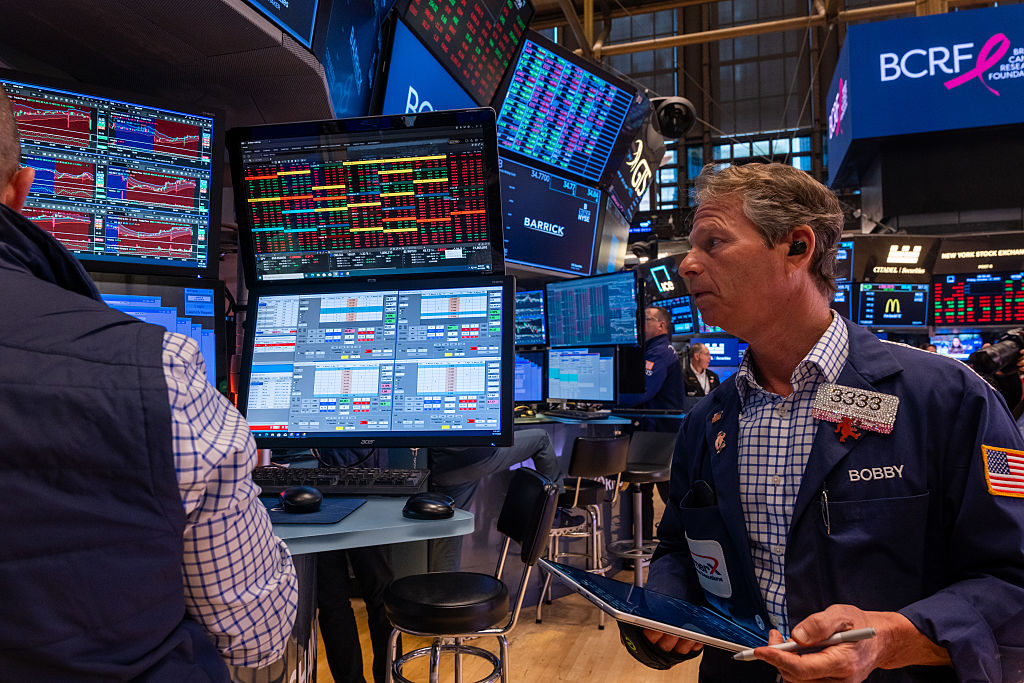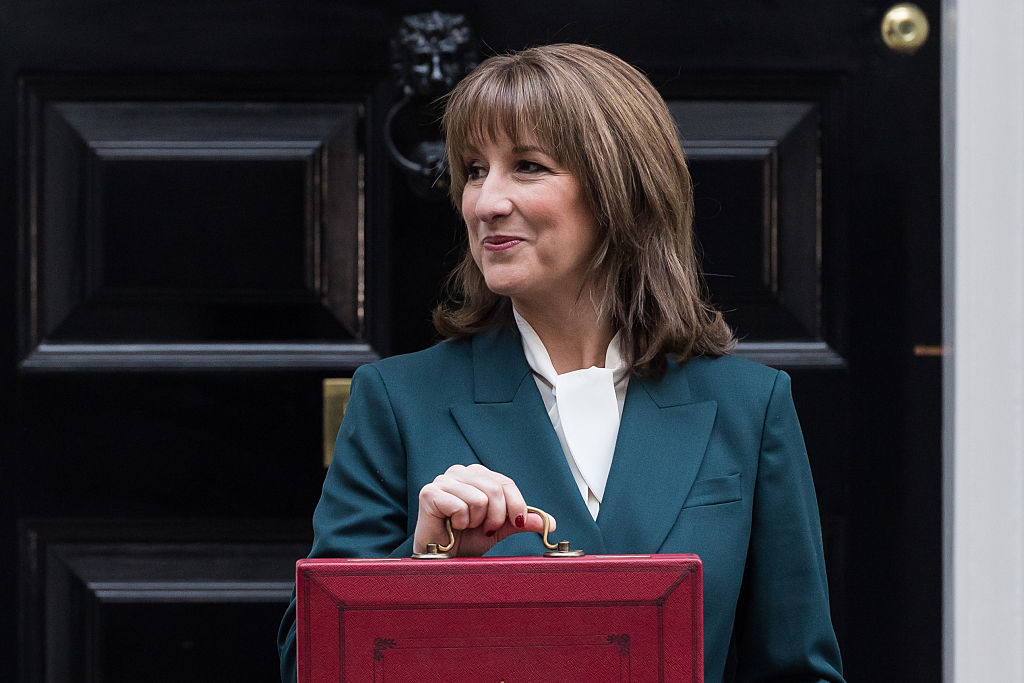The price of copper has risen – how long will the bull market last?
The price of copper has leapt to almost a two-year high, but demand for the metal continues to outstrip supply. How long will the market remain bullish?

We are entering the “copper age”, says Étienne Goetz in Les Echos. The price of copper has jumped by 18% this year to trade close to two-year highs of roughly $9,910 per tonne on the London Metal Exchange.
Business intelligence company CRU Group estimates that $150bn in investment in new supply will be required between 2025 and 2032 to meet growing global copper demand. Yet higher interest rates and environmental opposition to mining projects are making investors reluctant to stump up the cash.
Copper “exploration budgets have fallen since the early 2010s”, says the Financial Times. Going from discovery to production can take more than ten years, increasing the risk that projects are derailed by politics or changing market conditions. Prices might need to rise by 20% to incentivise interest in new mines.
MoneyWeek
Subscribe to MoneyWeek today and get your first six magazine issues absolutely FREE

Sign up to Money Morning
Don't miss the latest investment and personal finances news, market analysis, plus money-saving tips with our free twice-daily newsletter
Don't miss the latest investment and personal finances news, market analysis, plus money-saving tips with our free twice-daily newsletter
Could the price of copper could rise further?
Miner BHP’s recent bid for London miner Anglo American reflects growing interest in copper. Yet it is telling that commodity giants would rather bid for existing operations than open brand new mines.
“Shifting assets from one owner to another” does nothing to address the looming copper crunch. Copper is vital for everything from electrical switches to solar panels and electric vehicle components.
The looming copper crunch investors eye up EM bonds says Sohrab Darabshaw in Metal Miner. In 2022, global copper production was about 22,000 kilotonnes, compared with demand of 26,000 kilotonnes (recycling bridges the gap). In the long term, demand may hit 33,000 kilotonnes, leading to a yearly deficit of roughly 6,000 kilotonnes by 2030.
By one estimate, that could eventually push prices as high as $15,000 per tonne. Analysts at Citi forecast a 1,000 kilotonne supply deficit over the next three years, says Megha Mandavia in The Wall Street Journal.
China buys about half the world’s copper supply. Booming electric vehicle and solar panel production has seen the country’s copper demand rise by 18% year on year over the past five months. It remains to be seen whether this frenetic rate of production can be maintained, while demand from the domestic property market remains “flat on its back”.
The copper outlook is auspicious, but the metal “still isn’t a one-way bet”. It takes “three times as much copper to generate the same amount of electricity on a solar farm as in a gas-fired power station”, says Tom Stevenson in The Telegraph. For offshore wind, it is “nearly eight times”.
Tomorrow’s growth sectors have “an insatiable appetite” for the metal. A long period of weak prices saw capital expenditure on new copper mines drop by more than 40% between 2012 and 2020. These are classic preconditions for a commodity price supercycle – prices “do nothing for years”, companies fail to invest, then a “credible demand-growth story” emerges and prices rocket.
This article was first published in MoneyWeek magazine. Enjoy exclusive early access to news, opinion and analysis from our team of financial experts with a MoneyWeek subscription.
Get the latest financial news, insights and expert analysis from our award-winning MoneyWeek team, to help you understand what really matters when it comes to your finances.
Alex is an investment writer who has been contributing to MoneyWeek since 2015. He has been the magazine’s markets editor since 2019.
Alex has a passion for demystifying the often arcane world of finance for a general readership. While financial media tends to focus compulsively on the latest trend, the best opportunities can lie forgotten elsewhere.
He is especially interested in European equities – where his fluent French helps him to cover the continent’s largest bourse – and emerging markets, where his experience living in Beijing, and conversational Chinese, prove useful.
Hailing from Leeds, he studied Philosophy, Politics and Economics at the University of Oxford. He also holds a Master of Public Health from the University of Manchester.
-
 My 6.5% Nationwide regular saver is due to mature - what are my options?
My 6.5% Nationwide regular saver is due to mature - what are my options?Nationwide’s 6.5% regular saver is due to mature for those who opened one last year. Here is what you can do now to make the most of your savings
-
 Leading European companies offer long-term growth
Leading European companies offer long-term growthOpinion Alexander Darwall, lead portfolio manager, European Opportunities Trust, picks three European companies where he'd put his money
-
 Leading European companies offer long-term growth prospects
Leading European companies offer long-term growth prospectsOpinion Alexander Darwall, lead portfolio manager, European Opportunities Trust, picks three European companies where he'd put his money
-
 How to harness the power of dividends
How to harness the power of dividendsDividends went out of style in the pandemic. It’s great to see them back, says Rupert Hargreaves
-
 Why Trustpilot is a stock to watch for exposure to the e-commerce market
Why Trustpilot is a stock to watch for exposure to the e-commerce marketTrustpilot has built a defensible position in one of the most critical areas of the internet: the infrastructure of trust, says Jamie Ward
-
 Tetragon Financial: An exotic investment trust producing stellar returns
Tetragon Financial: An exotic investment trust producing stellar returnsTetragon Financial has performed very well, but it won't appeal to most investors – there are clear reasons for the huge discount, says Rupert Hargreaves
-
 How to capitalise on the pessimism around Britain's stock market
How to capitalise on the pessimism around Britain's stock marketOpinion There was little in the Budget to prop up Britain's stock market, but opportunities are hiding in plain sight. Investors should take advantage while they can
-
 London claims victory in the Brexit wars
London claims victory in the Brexit warsOpinion JPMorgan Chase's decision to build a new headquarters in London is a huge vote of confidence and a sign that the City will remain Europe's key financial hub
-
 The consequences of the Autumn Budget – and what it means for the UK economy
The consequences of the Autumn Budget – and what it means for the UK economyOpinion A directionless and floundering government has ducked the hard choices at the Autumn Budget, says Simon Wilson
-
 Reinventing the high street – how to invest in the retailers driving the change
Reinventing the high street – how to invest in the retailers driving the changeThe high street brands that can make shopping and leisure an enjoyable experience will thrive, says Maryam Cockar